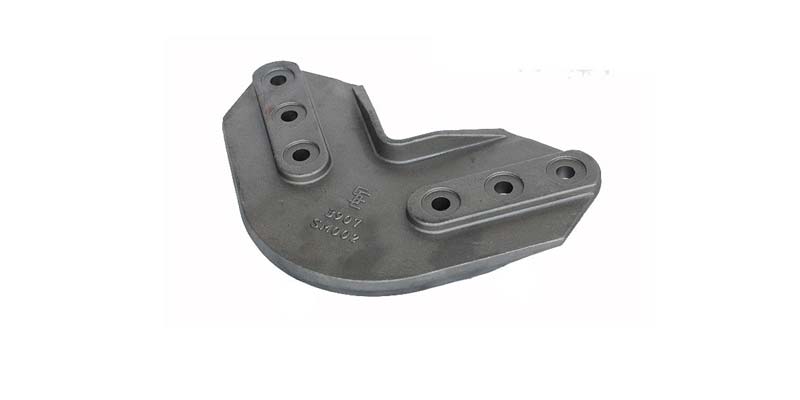- Contact Innally, Let you purchase forgings in China more favorable prices, products more assured!
- Hotline:+(86)15038323776 Email:innally@innally.com
What is train forging?
- Category: Steel forgings, Thermal forging
- |
- Date: 08/12/2023
train forging is one of the important parts to ensure the safe operation of trains, and its manufacturing process involves many links and various technical means. With the continuous progress of science and technology and the development of railway transportation, the production technology of train forgings will continue to be improved and perfected, providing more reliable technical support for the development of railway transportation.
Product Details
Train forging refers to the train parts made by forging process. Forging is a metalworking process in which a metal blank is heated in a mold and then pressed to make a part of the desired shape and size. Train forgings mainly include wheels, axles, bearing seats, crankshafts, pistons, etc. These parts play a key role in the train operation process.
- Classification of train forgings
According to the different manufacturing materials, train forgings can be divided into carbon steel forgings, alloy steel forgings, stainless steel forgings, etc. According to the different manufacturing process, train forging can be divided into free forging and die forging. Free forging is the hammering or upsetting of metal billets outside the die by hand or simple machinery to obtain parts of the desired shape and size. Die forging is the metal blank into the mold, through the press or hammer force to press the metal blank to obtain the desired shape and size of the part.
Third, the production process of train forging
The production process of train forging mainly includes the following steps:
Blank preparation: The metal blank is cut, polished, etc., to prepare for the subsequent forging process.
Heating: The metal blank is heated to a certain temperature so that it has enough plasticity and toughness for subsequent forging processing.

Forging: The heated metal blank is placed into the mold and formed into the desired shape and size by hammering force or pressing by press.
Cooling: The metal blank after forging is cooled to bring it back to room temperature.
Quality inspection: The quality inspection of the forged metal blank, including size inspection, non-destructive testing, etc., to ensure that it meets the design and use requirements.
Surface treatment: Surface treatment of metal billet, such as shot blasting, grinding, etc., to improve its wear resistance and corrosion resistance.
Assembly: The individual parts are assembled together to form a complete train forging.
- Application scenarios of train forgings
Train forgings are widely used in the field of railway transportation, including railway locomotives, buses, trucks and other types of train vehicles. These forgings play a key role in the operation of the vehicle, such as the wheel and axle are the key components of transmitting traction and braking force, the bearing seat is the component of supporting and fixing the bearing, the crankshaft is the key component of providing power, and the piston is the key component of the steam engine or diesel engine.
In short, train forging is one of the important parts to ensure the safe operation of trains, and its manufacturing process involves many links and various technical means. With the continuous progress of science and technology and the development of railway transportation, the production technology of train forgings will continue to be improved and perfected, providing more reliable technical support for the development of railway transportation.
nannan
INNALLY website editing, to provide you with forging related information
Related Products
Search
Forging center
- Steel forgings
- Aluminium alloy forging
- Titanium alloy forging
- Stainless steel forging
- Copper forging
- Automotive forgings
- Locomotive forging
- Bicycle forgings
- Motorcycle forging
- Rigging and fasteners
- Bearing forging
- Electric power fittings
- Marine forging
- Mechanical forgings for metalworking
- Mining machinery forgings
- Marine engineering forgings
- Construction machinery forgings
Popular product

© 2025. All Rights Reserved.






